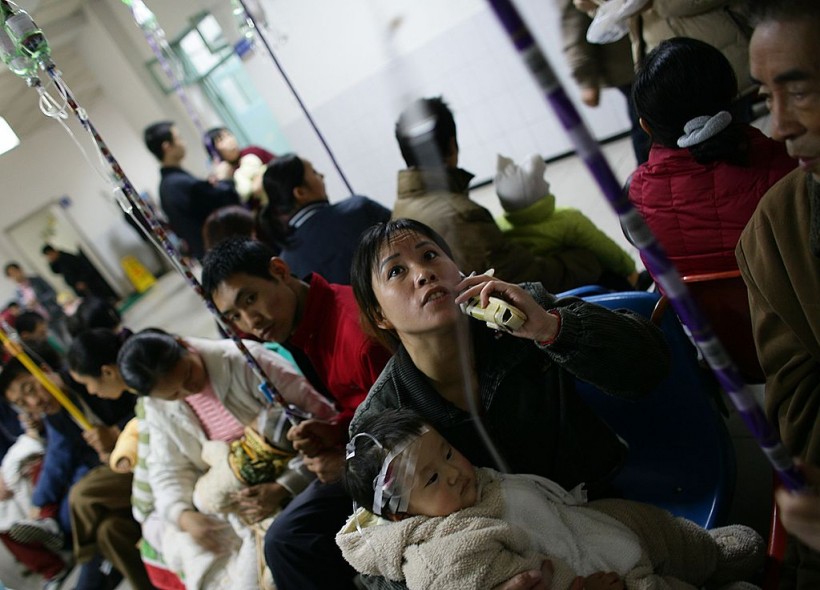Cases of pneumonia have increased in China as the winter season starts.
Amid the increase of cases, officials from the World Health Organization have urged the Chinese government to provide information on this.

Request From The WHO
It was reported that there has been an increase in "influenza-like illness" in northern China since mid-October, unlike what happened in the past three years.
Furthermore, there are reports that some of the hospitals in the region had faced an increase in pediatric visits as the winter season sets in.
So far, the WHO has made an official request to China for detailed information regarding the increase in respiratory illnesses and reported clusters of pneumonia among children.
According to the WHO, it already requested additional epidemiologic and clinical information, as well as laboratory results from these reported clusters among children, through the International Health Regulations mechanism.
The WHO also requested further information about recent trends in the circulation of known pathogens including influenza, SARS-CoV-2, RSV and mycoplasma pneumoniae, and the current burden on health care systems.
Experts from the WHO are also in contact with clinicians and scientists through our existing technical partnerships and networks in China.
It said that during a press conference on November 13, Chinese authorities from the National Health Commission reported an increase in incidence of respiratory diseases in China.
Chinese health officials have attributed this increase to the lifting of COVID-19 restrictions and the circulation of known pathogens such as influenza, mycoplasma pneumoniae (a common bacterial infection which typically affects younger children), respiratory syncytial virus (RSV), and SARS-CoV-2 (the virus that causes COVID-19).
Due to the spike in cases, authorities stressed the need for enhanced disease surveillance in healthcare facilities and community settings, as well as strengthening the capacity of the health system to manage patients.
Meanwhile, on November 21, there were reported clusters of undiagnosed pneumonia in children in northern China.
It is, however, uncertain if these are associated with the overall increase in respiratory infections previously reported by Chinese authorities, or these cases could be due to separate events.
Read Also: China Virus Outbreak Expected to Last for Months
New Illness Unlikely
Dr. Paul Hunter, professor of medicine at Britain's University of East Anglia, doubted that the wave of respiratory infections was sparked by a new disease.
Hunter pointed out that if it was sparked by a new illness, many infections will be reported among adults.
Francois Balloux of University College London, meanwhile, expressed belief that China has been experiencing a significant wave of childhood infections since this was the first winter since lockdown restrictions were lifted.
Since mid-October, areas in northern China have reported an increase in influenza-like illness compared to what had been recorded during the same period in the previous three years.
Officials said that China has systems in place to capture information on trends in influenza, influenza-like illnesses, RSV and SARS-CoV-2, and reports to platforms such as the Global Influenza Surveillance and Response System.
Amid the increase, the WHO already recommended that people in China should follow measures to reduce the risk of respiratory illness, which include recommended vaccination; keeping distance from people who are ill; staying home when ill; getting tested and medical care as needed; wearing masks as appropriate; ensuring good ventilation; and regular hand-washing.
Related Article: China Records World's First Human Death Due to Bird Flu Strain H3N8
© 2024 NatureWorldNews.com All rights reserved. Do not reproduce without permission.




![Climate Change is Reducing Dust Levels Worldwide as Arctic Temperature Warms [Study]](https://1471793142.rsc.cdn77.org/data/thumbs/full/70320/280/157/50/40/climate-change-is-reducing-dust-levels-worldwide-as-arctic-temperature-warms-study.jpg)
